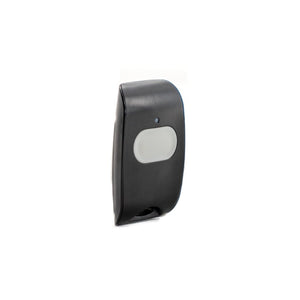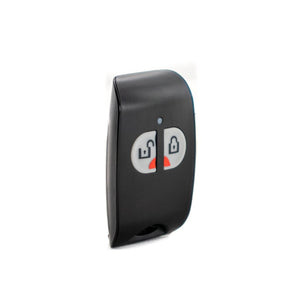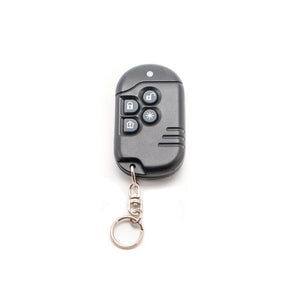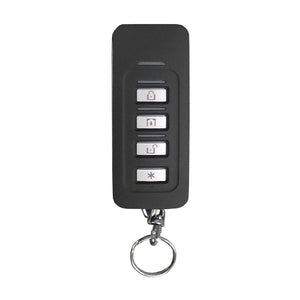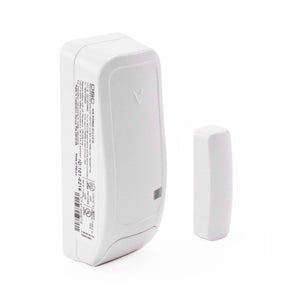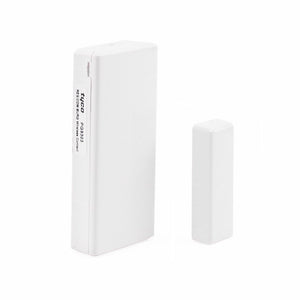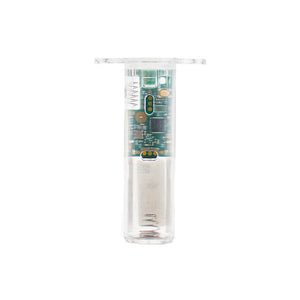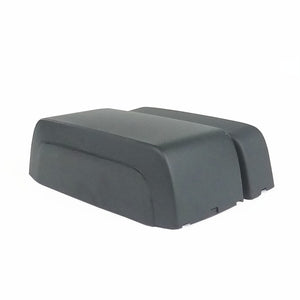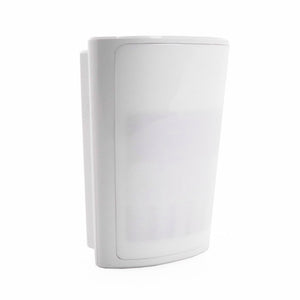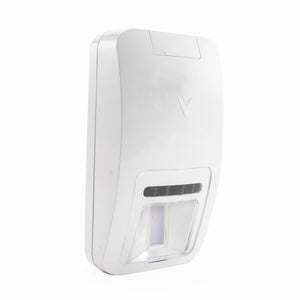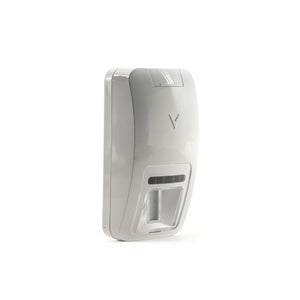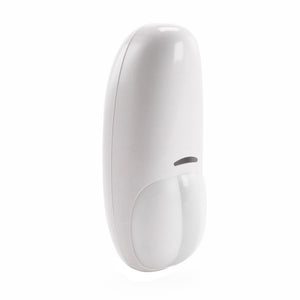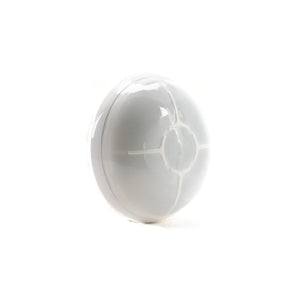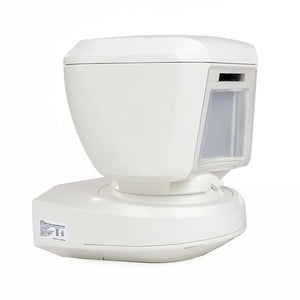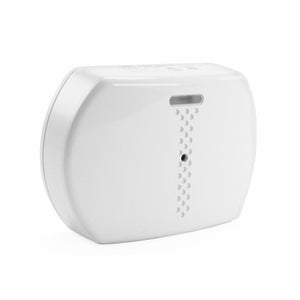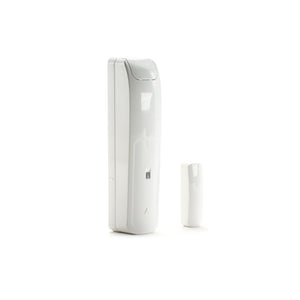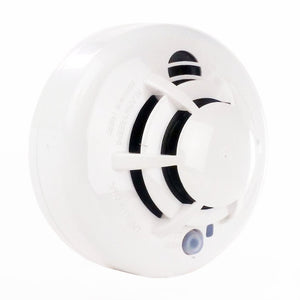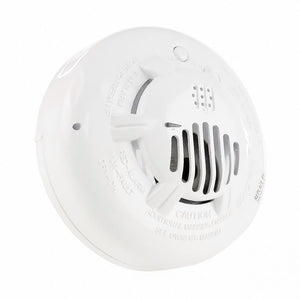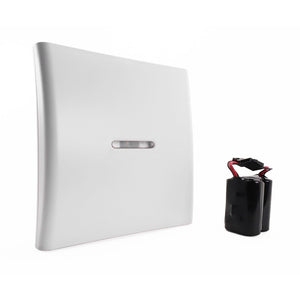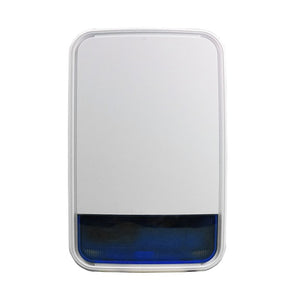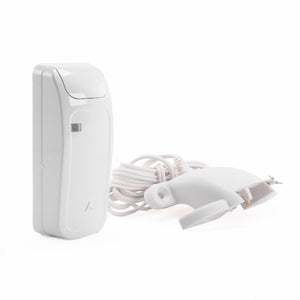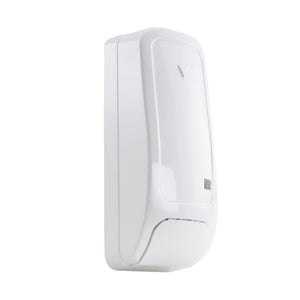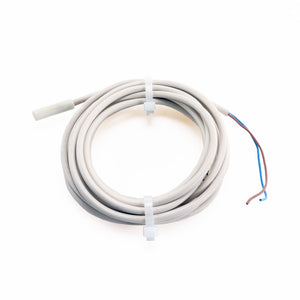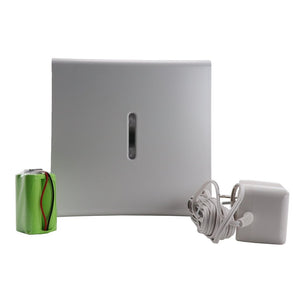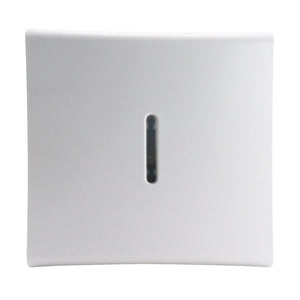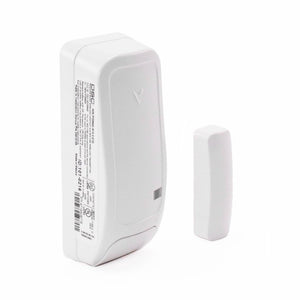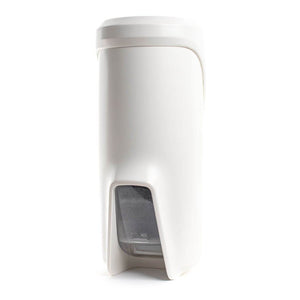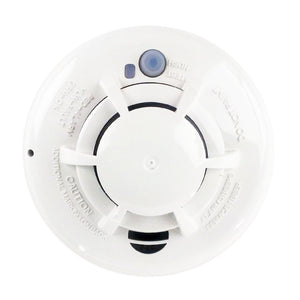
More About DSC PowerSeries NEO Power G Wireless
The first things that most people think of when they think of wireless alarm system components are security sensors like door/window contacts or motion detectors. DSC definitely has these covered. They have a couple of models of door contacts: PG9945 and PG9975. They each have their uses, but the PG9975 is most commonly used thanks to its low profile. There is a wide variety of motion detectors to fit your needs from the basic PG9904P to the dual tech PG9984P to the outdoor PG9994. We also carry glass break (PG9922) and shock detectors (PG9935) for more intrusion detection options.
In addition to security sensors, DSC also has environmental sensors to further round out your alarm system. There are various kinds. Some are life safety type sensors while others are a great way to potentially help minimize property damage. The PG9916 is a combination smoke and heat detector that is very popular to add to alarm systems that had previously overlooked fire protection. DSC also has a wireless carbon monoxide detector (PG9913) that is essential for homes with gas appliances or fireplaces. Another often overlooked aspect of an alarm system is water leak/flooding detection. Water damage is one of the leading causes of property damage in terms of value and yet it is the least used sensor available for alarm system. The PG9985 is a perfect option to detect a water leak hopefully early enough to save you from a lot of water damage.
DSC’s lineup of PowerG equipment goes beyond sensors though. They also have a variety of remotes for panics or arming and disarming. The PG9939 is the most popular one. It is a 4 button remote that allows for stay arming, away arming, disarming, and panic. There are a couple of wireless sirens available as well: PG9901 indoor siren and PG9911B outdoor siren and strobe. And finally there is a PG9920 PowerG repeater. This would be used in extremely difficult wireless cases where even PowerG does not have enough range. The repeater can increase the range by up to about 75% by placing it between the sensor and the PowerG host transceiver.


